Where Does Mother of Pearl Come From?
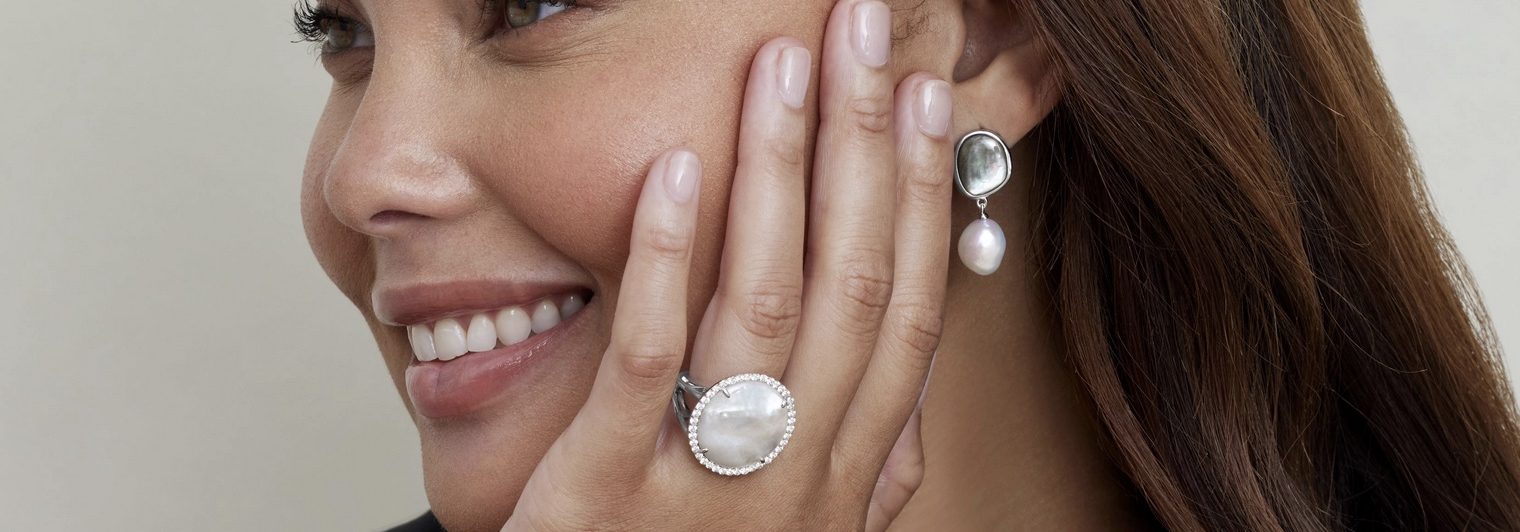

Many people would recognize mother of pearl when they see it, but how many of us actually know what this material is, where it comes from or how it is made? Or, more specifically, how many know the difference between mother of pearl and pearls?
Let’s take a look at this dazzling substance, and discover what sets it apart.
Mother of pearl is the name commonly used to refer to the nacre. It’s an iridescent mixture of minerals—such as calcium carbonate—secreted by oysters that sometimes goes on to form a complete pearl.
This nacre is secreted by oysters and various pearl mollusks as a defense mechanism against foreign irritants. With natural pearls, the objects are usually grains of sand or other things from the sea. Pearl farmers use the nucleus of a shell bead as an irritant, and place it inside the oyster manually.
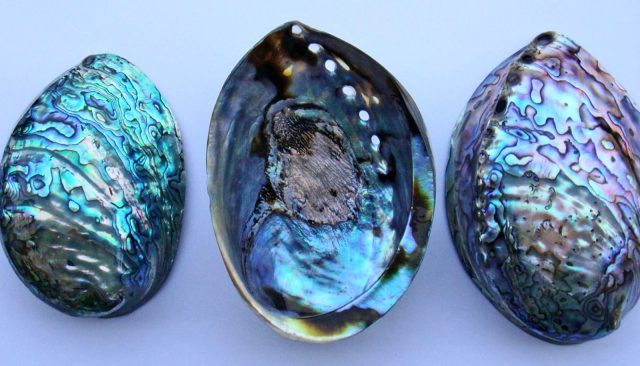
Once an oyster snaps into defense mode, it begins to secrete nacre to cover the irritant to protect itself from it. After layers and layers of nacre are secreted, a pearl is formed.
FUN FACT: Mother of pearl is believed to have stress-relieving properties, bringing calmness and stimulating intuition and creativity, especially when worn together with Rubellite, a red to pink gemstone from the family of tourmalines.
So, how does mother of pearl differ from the gemstone itself? Well, the difference between pearls and mother of pearl is placement. While they’re similar, the latter refers to simply a pearly coating over the shell, rather than a gemstone itself.
And when it comes to pearl jewelry, the phrase mother of pearl refers to the thin coating of nacre that adheres directly onto the shell of the mollusk or oyster. Shells coated in this will develop flowing patterns and distinct multi-colored effects.
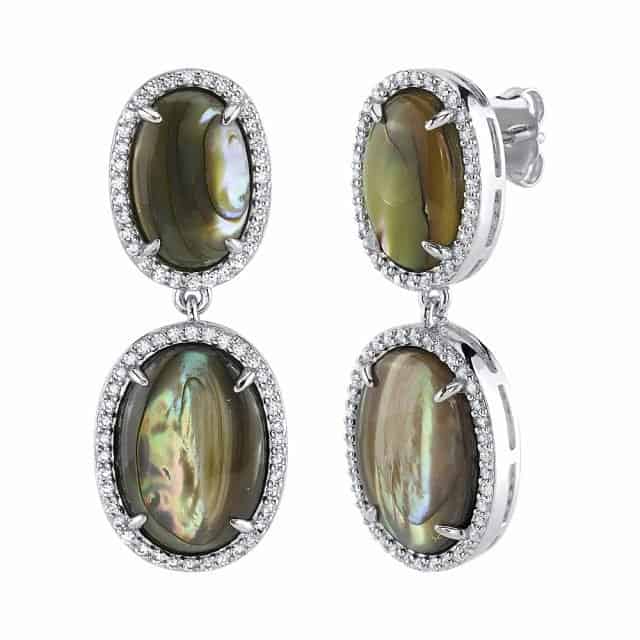
From chic bridal earrings to glam pieces, our collection of Mother of Pearl Jewelry features modern, sleek designs, suitable for everyday wear, as well as for special occasions.
Whether you are on the lookout for Christmas outfit ideas, 30th anniversary gifts or power business looks, mother of pearl makes a stunning addition to any chic outfit. Discover the unique radiance and shine of Mother of Pearl, and add a touch of dazzle to any outfit with our new stunning creations.
Have you wondered about the source of mother of pearl’s iridescent appearance? The answer is in the nacre material itself, which is secreted by the epithelial cells. The epithelial cells secrete thin platelets, or building blocks of nacre.
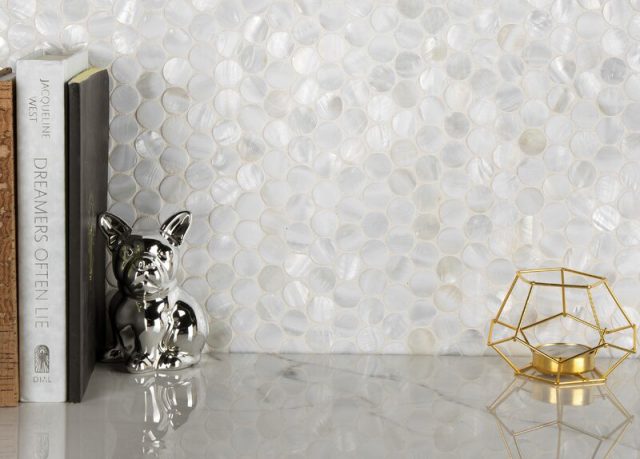
Thin platelets of calcium carbonate secreted by the mollusk have a width which matches that of many light waves. This is what gives the nacre its unique beauty, sought after in the creation of everything from pearl jewelry and watches to furniture.
When you hear this term, it isn’t in reference to the nacre that coats the outside of the gemstones. Instead, it refers to the nacre that can be found coating the inside layer of the mollusk’s shell.
When the iridescent material is set in metals and other jewelry pieces, only a thin layer of the sediment is used, similar to a boulder opal. Jewelers can then cut or carve the substance into various shapes.
This allows the creation of striking, unique jewelry pieces that truly depict the beauty of nature itself. Iridescent, with a discreet yet mesmerizing shine in any light, mother of pearl makes a great choice when you aim to add a touch of dazzle to any look, be it daytime wear or evening wear. Like the classic pearl necklace and pearl earrings, these designs have the power to enhance your natural glow instantly.
Pearl jewelry and mother of pearl jewelry are not the same. They take on different looks in multiple ways. What they have in common: they both convey the magical beauty of the seas and shine from every angle, providing a unique iridescence that can’t be replicated.
FUN FACT: Back in the 1880s, many Costermongers, namely the leaders of London street traders, used an abundance of mother-of-pearl buttons to decorate their suits.
Both pearl and mother of pearl jewelry fall under the category of organic jewelry. These are pearl jewelry pieces made with gems that originate from living organisms, plants or creatures. However, there are some major differences between the two.
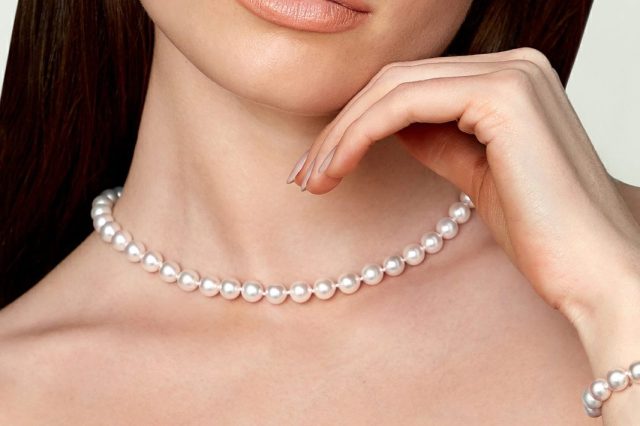
When pearl jewelry is created, holes are usually drilled into the gems (Freshwater Pearls, Akoya gems, South Sea or Tahitian pearls), and then they’re strung, as opposed to being set. Pearls are round to round-like gemstones that are very thick and only grow to a particular size.
More elegant than mother of pearl, pearl necklaces are perfect for special occasions and office outfits. Pearl earrings make great staples, as well as statement pieces, depending on their design, while pearl pendants are ideal for accessorizing smart-casual outfits. While simple and discreet stud earrings carry a timelessly classic charm, drop earrings are perfect for both daytime wear and eveningwear.
JEWELRY FACT: Natural pearls are significantly more expensive than mother of pearl, mostly because they are rarer. All mollusks come with nacre coatings inside their shell, but not all come with radiant, pearlescent gems.
This jewelry looks very different from pearl jewelry in various ways. Jewelry pieces like bracelets or stud earrings created using nacre are generally large-sized focal pieces, because they tend to take up the entire interior of the mollusk shells. Moreover, they are almost always placed in fine jewelry settings.
Mother of pearl set in jewelry pieces will be slightly rounded and very thin. In fact, this is one of its best features: its versatility. Suitable for both daytime and eveningwear, these pieces make a great jewelry choice for the office, weekend brunch attire, cocktail parties, special occasions (like New Years Eve outfits) and more.
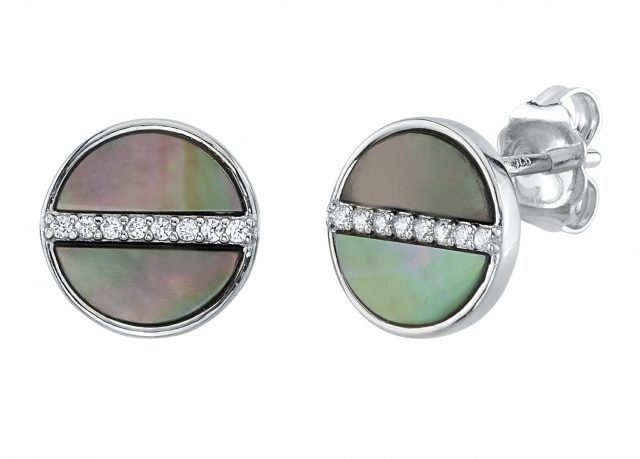
Mother of Pearl jewelry brings the same iridescent radiance that pearls do – while also being budget-friendly. From unique pendants to drop earrings, a touch of glow can go a long way.
For a gorgeous selection of Mother of Pearl jewelry at the best prices on the market, make sure to browse our wide selection of styles.
Mother of pearl is created by all nacre producing mollusks. Yet, only a very small percentage will be infused by a foreign particle and go on to create pearls. Therefore, pearls are rarer than mother of pearl, making them much more expensive.
The coating of mother of pearl inside the shell of the mollusk can be used to produce jewelry. But, because the substance is abundant, these jewelry pieces tend to be less expensive than pearl jewelry.
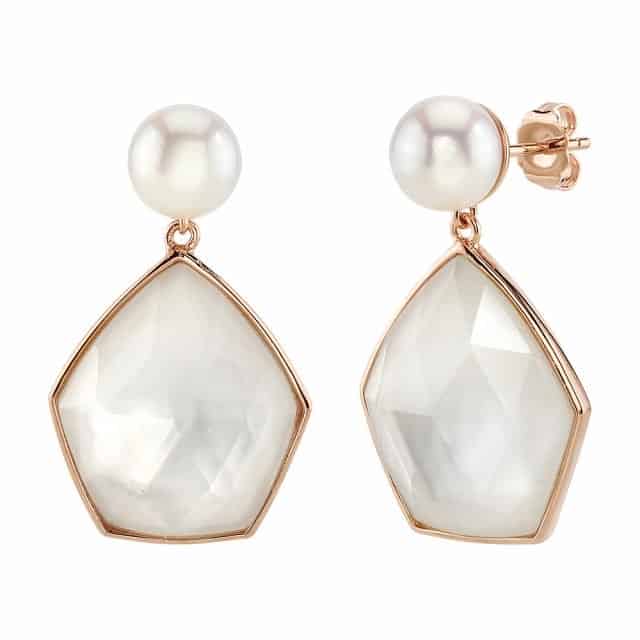
Symbolizing the unique and enigmatic beauty of the ocean, Mother of Pearl carries an aura of mystery and elegance, with a dash of whimsical appeal.
Find your very own Mother of Pearl jewelry piece in our new collection that features the finest earrings, bracelets, pendants, rings and more. Perfect for a truly unique milestone, birthday or as an anniversary jewelry gift!

Wondering whether or not your mother of pearl jewelry is real of fake? Well, you can use the pearl tooth test to check for authenticity. Simply tap the gem against your teeth. If it’s plastic, the bead will create a muted sound, whereas the real deal will “click” instead.
In most cases, alloys are used to make jewelry pieces. Some people are allergic to copper and nickel, which can lead to chemical reactions. This tends to cause the jewelry to fade and/or change colors.
Pearls are 100% hypoallergenic gemstones. Therefore, it’s very rare for a person to suffer an allergic reaction to mother or pearl and pearl jewelry. As one of the safest and most lustrous gems to wear, pearls and mother of pearl are not only one of the most stunning miracles of nature, but also a great symbolic addition to any look, from weekend ensembles to smart and casual office outfits and evening attire.
Signup now and receive an email once I publish new content.

Content Writer and Editor at The Pearl Source
Kiesha Joseph is the Managing Content Editor for ThePearlSource.com, a leading online pearl jewelry website offering high-quality pearls at affordable prices. Kiesha is a Content Marketing Geek who enjoys educating her audience on a broad range of topics, including trends in marketing, SEO, jewelry, fashion, celebrity style and more.
 Pearl Necklace Styles: A Complete Guide
Pearl Necklace Styles: A Complete Guide
 30 Famous Pearl Quotes Every Jewelry Lover Needs to Know
30 Famous Pearl Quotes Every Jewelry Lover Needs to Know